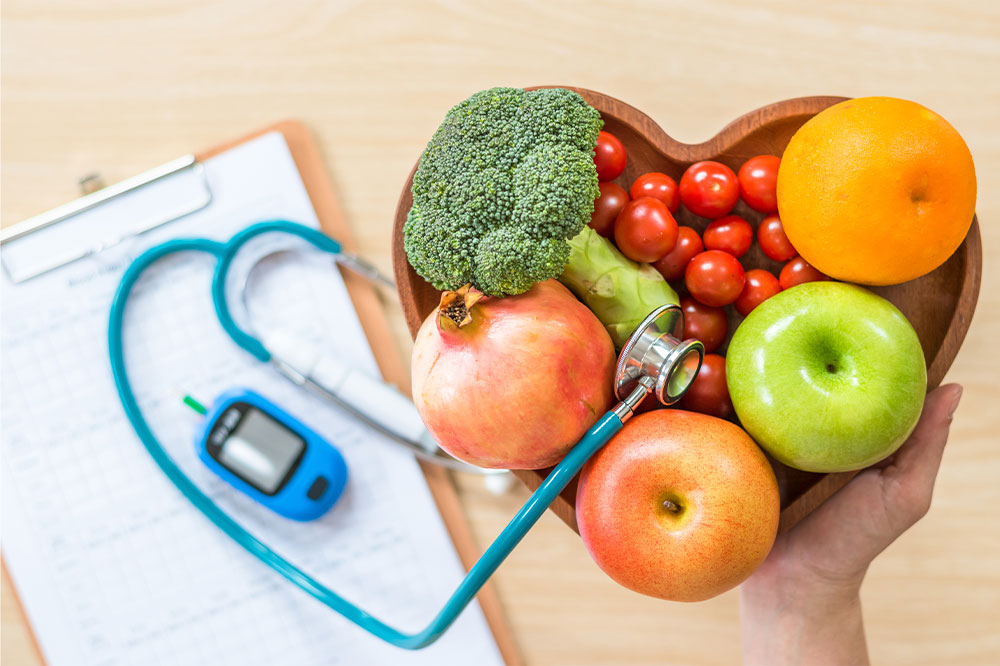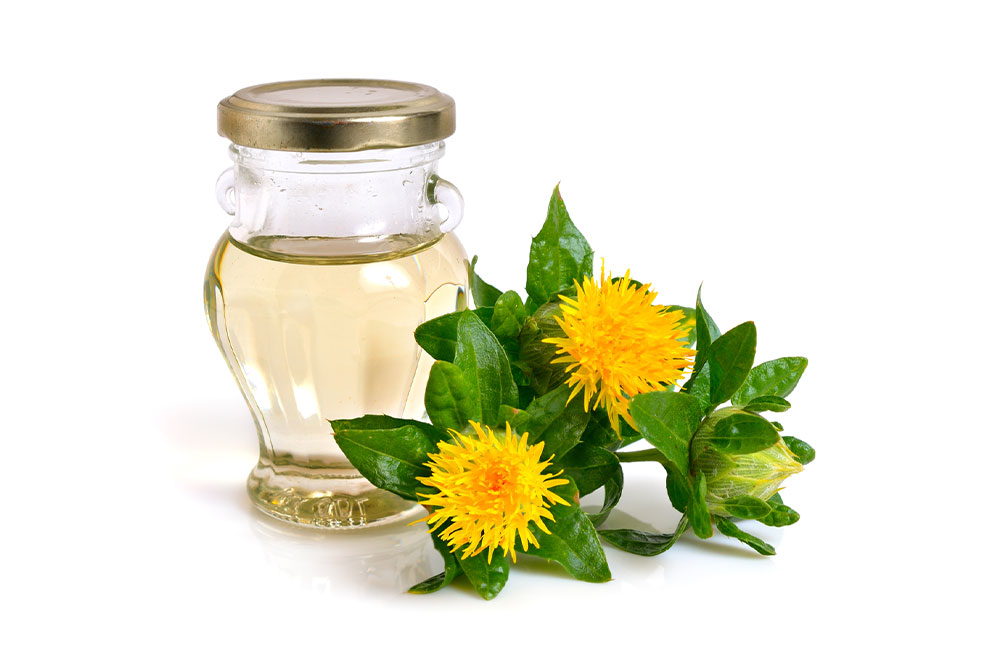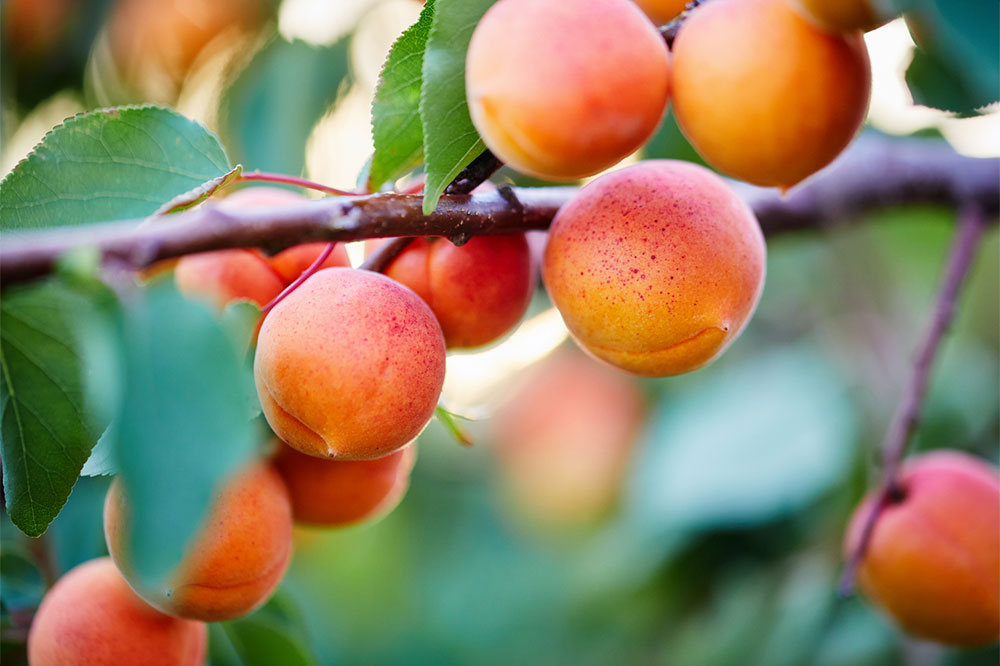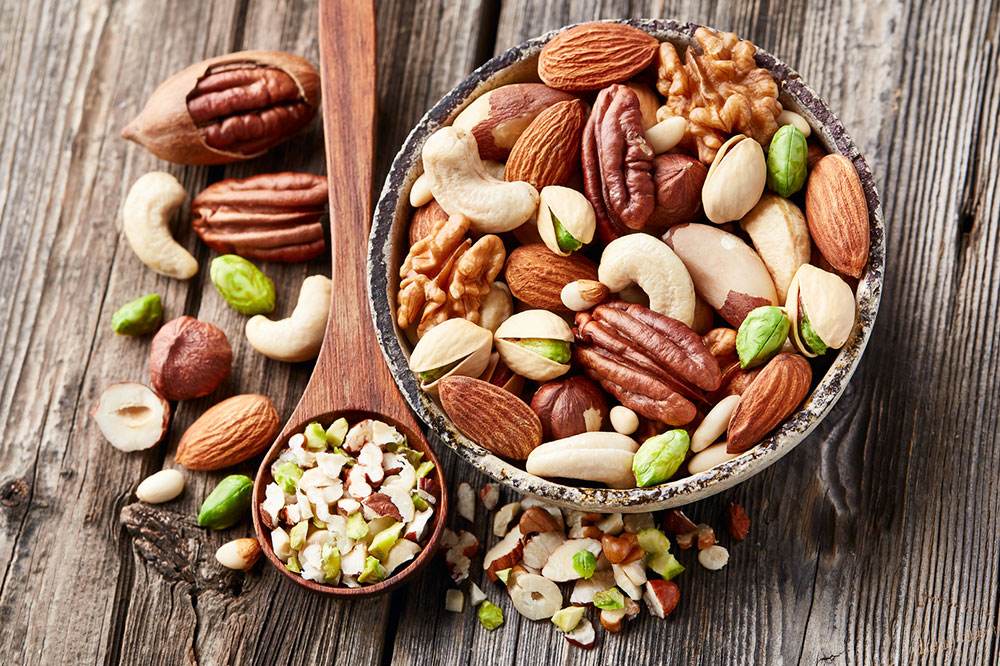3 useful fruit intake tips for people with diabetes
People with diabetes are often advised to avoid sweet foods as they can increase blood sugar levels. But not all sweet foods are bad. While refined sugar is a culprit, patients can add foods with natural sugar to their nutrition plan, like fruits. However, those with high blood sugar need to be cautious and follow specific rules when opting for fruits. Here are some fruit intake tips for diabetes patients: Consider where the fruit came from This does not mean finding out where the fruit was farmed. Tracking where the fruit came from involves understanding how it was processed and stored before it arrived in stores. Was it fresh, frozen, canned, or powdered? Each method of storing and processing fruits can impact diabetes and overall health differently. Studies have shown that fresh fruits have little to no negative impact on blood sugar. The same goes for frozen fruits or those preserved in their own juices. However, canned fruits can be harmful. Fruits in supermarkets packed in jars or cans are preserved commercially with preservatives. And most preservatives use sugar as the main ingredient. It is advisable to stick to fruits without added sugars and preservatives. Check the fruit’s glycemic index Glycemic index, or GI, is a rating given to every food, including fruits, depending on the speed at which it can increase blood sugar levels.
Read More 









